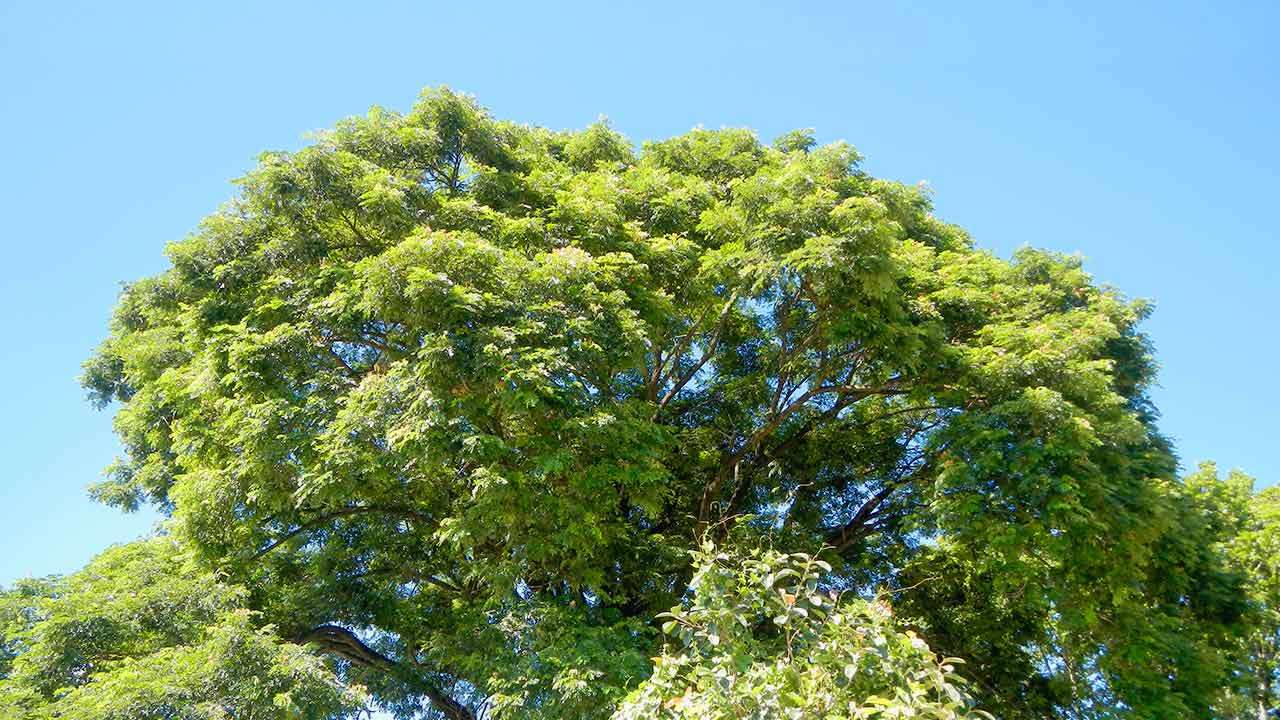POSTED Mar 22, 2022 - 08:28 AM
Can local timber survive the adverse effects of climate change?
Many endemic hardwood trees are already considered vulnerable, while some are critically endangered
Original story by Jhesset O. Enano
Additional text by Yann Magcamit
Climate change devastates forests by raising their susceptibility to disturbances like insect outbreaks, invasive species, wildfires, and storms. These factors can reduce forest productivity or worse, cause the extinction of certain species of flora. Among the plant species highly affected by the increasingly warming temperatures are hardwood trees under the family Dipterocarpaceae, which include endemic timber sources like yakal, apitong, and tanguile.
A recent study published in the journal Scientific Reports showed that climate change continues to make particular areas unsuitable for this species’ growth. The research, which used species distribution models created by scientists from the National University of Singapore, also showed that the lowland forests suitable for these trees fall largely outside the current delineations of the Philippines’ protected areas network.
Dipterocarps: a common timber resource
Also called dipterocarps, the Dipterocarpaceae is a critical tree family in the Philippines and Southeast Asia. With over 600 species of mainly lowland forest trees, it is considered a major component of tropical forests in the region. Due to their significance, shifts in dipterocarps’ distribution are “likely to affect the integrity of ecosystems and its constituent species.”
“These non-pioneering, often fast-growing and highly productive trees are amongst the tallest in the tropics, and comprise the majority of above-ground carbon stores and emergent individuals,” states the research, which studied the distribution of 19 endemic dipterocarps in the country. This includes yakal (Shorea astylosa), which produces strong and durable yellowish-brown timber commonly used for general high-grade construction, bridges, and wharves.
Another endemic tree in the study is apitong (Dipterocarpus grandiflorus), which is already listed as endangered by the International Union for Conservation of Nature. Aside from being used for construction and furniture production, the apitong tree is also good for soil improvement, soil conservation, and erosion control.
Guijo (Shorea guiso), hagakhak (Dipterocarpus validus), and white lauan (Shorea contorta) are also part of the research. Like apitong, some dipterocarps are already listed as endangered, while many other dipterocarps are already considered vulnerable.
In order to produce sizable sections of timber, hardwood trees like yakal may need a few decades to grow. According to former Department of Environment and Natural Resources secretary Roy Cimatu, the Philippines is only currently able to produce around one million out of the five million cubic meters of timber it needs annually. This shortage forces the country to import wood, which can lead to a bigger carbon footprint in the timber value chain.
Beyond their economical use as timber, dipterocarps also serve as habitat for wild animals and are an integral part of watersheds, said Edward Webb, the research’s principal investigator. “They also have cultural value for the countries they are endemic in,” he added.
Potential issues of habitat loss
Using species distribution models, the study mapped these existing dipterocarp species across the country and masked areas of unsuitable land cover types to correct the distribution of this species’ suitable habitat. This process is called land cover correction, which eventually showed that a median of 66.6 percent of dipterocarps nationwide experienced reduction of suitable habitat.
Meanwhile, those within protected areas, which are enshrined under a law, decreased by 36.6 percent. Based on findings, some of the greatest suitable habitat losses were in Southern Luzon and Northern Visayas.
Although a great number of endemic dipterocarps had already been decimated by deforestation and land use, the study’s lead researcher Sean Pang notes that the rising temperatures—which are not suitable for this tree species’ survival—can make the situation worse.
“Whatever is left, they will be put under a lot of pressure because of climate change,” he said in an interview with Inquirer. “A lot of places where the dipterocarps are will be quite inhospitable for them in the future.”
Fellow researcher Jose Don de Alban also said that some trees may shift to higher elevations where the temperatures are not as hostile for their growth, even if certain existing locations will remain suitable.
However, this may pose an issue since other species of trees are already occupying those areas. Citing mountaintops as an example of potential new location for dipterocarps, Alban said, “the space on the top of the mountain is smaller, and so as they go up, the space that they occupy is smaller.”
Exploring the gap in local protected areas
The online open-access platform Global Forest Watch (GFW) reported that the Philippines lost around 1.29 million hectares of tree cover from 2002 up to 2020. Between 2001 and 2020, the country’s annual average of greenhouse gas released into the atmosphere as a result of tree cover loss amounted to 37.6 megatons as well.
This study on dipterocarps highlights a “critical gap” in the Philippines’ protected area system, which only covered a relatively small portion of current suitable habitats for the endemic hardwood species. Its findings also show that there is a low coverage of areas for these trees under climate change scenarios.
“Areas of high dipterocarp richness that were left unprotected included the lowlands of northern and southern Sierra Madre and Cordillera mountain ranges for the Greater Luzon region,” stated the study.
Pang said that this research highlights opportunities for the Philippines to expand its current network of protected forest areas to include areas that are suitable for the growth of lowland trees. Alban also noted that their findings could help current and future conservation efforts since any changes in the species will have cascading effects on forest habitats and wildlife.
With many industries—like construction, furniture, and paper—relying on wood, it is important for businesses and policymakers to pay attention to forest conservation and climate change mitigation. To maintain the good quality and quantity of timber sourced from endemic hardwood like dipterocarps, we must foster a healthy place for them to grow and find ways to save them from the adverse effects of warming temperatures.
For more information and news on home, furniture, lifestyle, and fashion accessories visit FAME+
This story was originally published on Inquirer.net
Read more
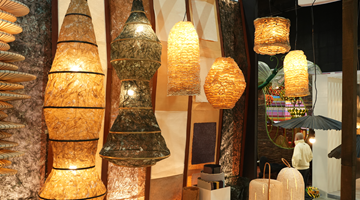
Rooted in Advocacy, Crafted for the Future
Going strong for 42 years, Manila FAME is a bold, seasoned trade show shaped by decades and transfor... Learn More
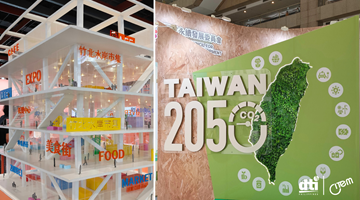
Learning the curve of sustainability: CITEM explores Taiwan’s SDG-driven industries
CITEM tracks sustainable practices in Taiwan’s transformative industries, and gets a glimpse of a... Learn More
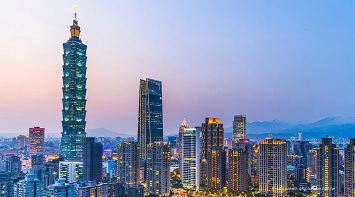
CITEM Market Sensing Mission to Taiwan to strengthen PH SDG competency
Making serious strides toward strengthening the country’s sustainability footprint, CITEM travels to... Learn More
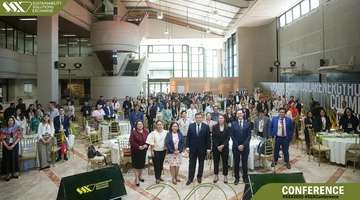
EU, PH push for green solutions in food industry at Sustainability Solutions Exchange 2025
Aiming to develop a sustainable Philippine food industry, the European Union (EU) and the Department... Learn More
